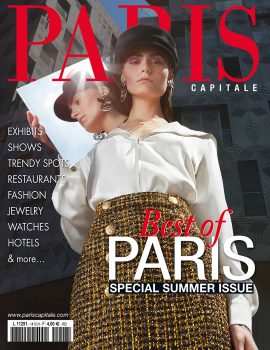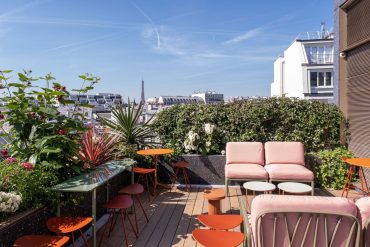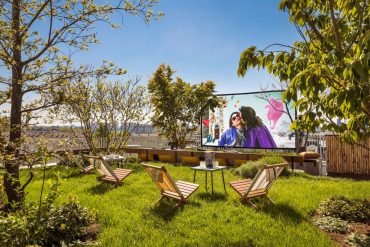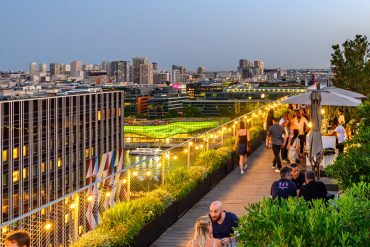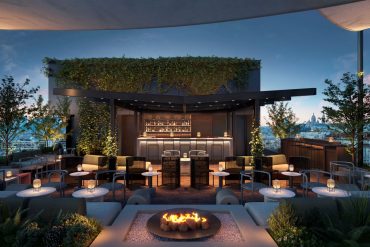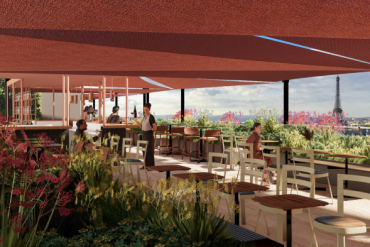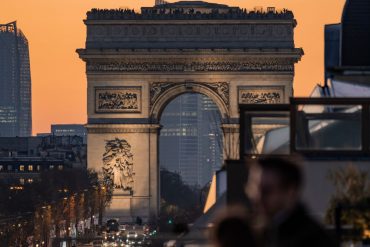Parisian nights, the revival
Looking at the storefront of Moune, at 54 rue Jean-Baptiste Pigalle, more than 70 years of memories and myths are on display. This Parisian nightlife hotspot, opened in 1936, was once the first female cabaret in Europe, and temple of the lesbian community. Closed in the 80s on the death of his boss, it is now reborn from its ashes. True to itself, the decor always plays with a naughty imaginary (string of mirrors, red velvet, leopard patterns, etc.). But make no mistake Chez Moune 2.0 is above all an establishment where people celebrate by sipping cocktails, on a quality artistic program, with concepts of “fever”, like disco evenings or Sundays around Latin music. The map is designed by Yago, another iconic spot in Pigalle.
Whether you are more Right Bank or Left Bank, you must now rely on other essential addresses. For the ten years of Silencio, the ultra-select club designed by filmmaker David Lynch, a brand new membership formula is proposed. Or a privileged access to the restaurant Silencio des Prés (second address of the Silencio, which focuses more on gastronomy) at any time of the day, for a luxury coworking amidst leather benches and alcoves with Roaring Twenties elegance. This membership formula also allows preferential rates on the restaurant, chef dinners or event privatizations.
On the other side of the Seine, such a must-see address also delights night birds. At 130 rue de Rivoli, the night bar La Planque will bring back memories for jazz lovers. It was at this address that the Slow Club was held, a high place where Benny Waters and Barney Bigard met, among others, in front of Françoise Sagan and Boris Vian, more in the evening than in the morning. The Planque, designed by Alexandra Selig and Carl Renault, has retained the charm of the Slow Club. Stone walls, velvet sofas and period chandeliers.
You must like these following articles


